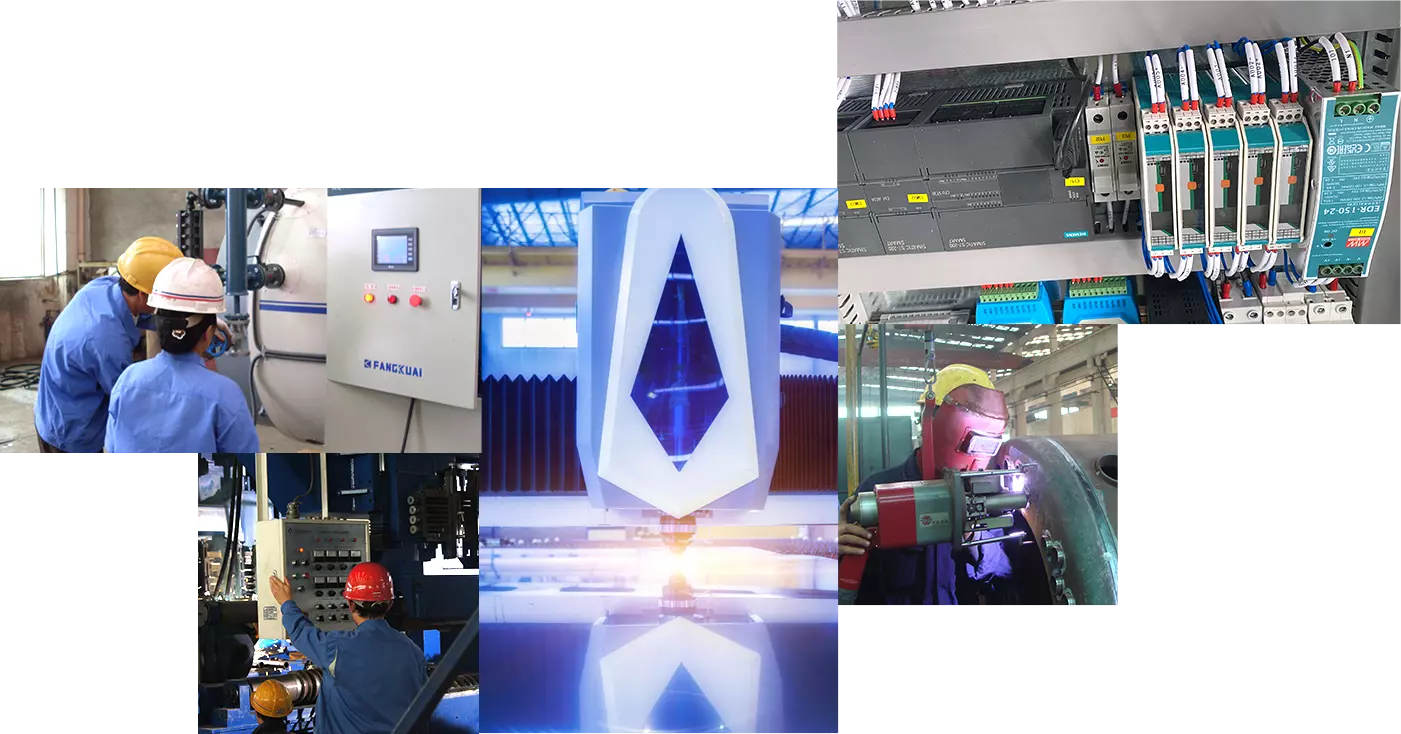FGR Gas Recirculation Technology
Our staged FGR system (External Type II per NFPA 86 standards) reduces NOx emissions by recirculating 15-30% of exhaust gas (160-260°C) into primary combustion zones via corrosion-resistant 316L stainless ducts. This lowers oxygen concentration to 17.5-18.2 vol% (vs. ambient 20.9%), suppressing adiabatic flame temperatures below 1,450°C to inhibit thermal NOx formation. Simultaneously, the 3D-printed ceramic matrix heat recuperator absorbs 1.8MJ/Nm³ of thermal energy, achieving dual NOx reduction through chemical kinetics and thermodynamic pathways.
Field data from ExxonMobil’s 24MW boiler retrofit shows 82% NOx reduction (from 120mg/m³ to 22mg/m³) at 18% FGR rate with burner turndown to 25% load. The system’s ASME PTC 4.1-2021 certified performance maintains CO below 9ppm despite oxygen-lean conditions, while integrated SCR catalysts further cut NOx to under 5mg/m³ for compliance with EPA 40 CFR Part 60 Subpart Db. Such hybrid configurations now serve 1,300+ industrial units globally, including BASF’s 45MW steam networks achieving 91% annual operational availability.




